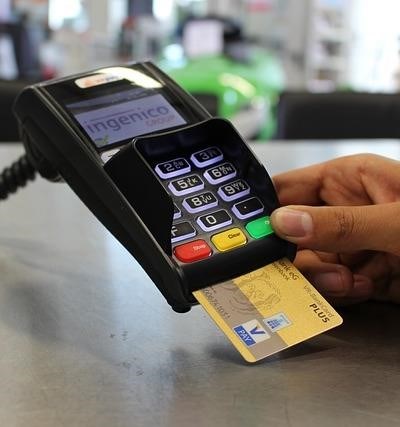
The evolution of credit card design is a fascinating reflection of broader trends in payment innovation‚ financial technology (fintech)‚ material science‚ and visual communication. From its humble beginnings as a simple paper slip to the sophisticated‚ technologically advanced cards of today‚ the credit card’s journey showcases the interplay between functionality‚ aesthetics‚ and consumer behavior.
Early Days and the Rise of Plastic Money
The pre-plastic era of credit cards involved paper-based systems‚ prone to fraud and inefficient processing. The introduction of plastic marked a significant turning point. Early credit card designs were relatively simple‚ focusing on functionality over aesthetics. The emphasis was on clear identification of the card issuer and the cardholder’s account information. This period laid the groundwork for the future development of credit card technology and payment card design.
The Emergence of Standardized Design
Standardization efforts led to a more uniform appearance across different issuers. This was crucial for improving the user experience (UX) and ensuring compatibility with emerging card readers. The early emphasis on legibility and clear visual hierarchy in the payment card design directly impacted the development of credit card aesthetics. The evolution of printing techniques allowed for more detailed and visually appealing designs.
The Influence of Branding and Marketing
As credit cards gained popularity‚ branding became a crucial element in credit card design. Issuers recognized the importance of visual communication in attracting and retaining customers. Marketing strategies heavily influenced design trends‚ leading to the incorporation of logos‚ color palettes‚ and imagery that reflected the brand’s identity. This period saw the evolution of credit card aesthetics from purely functional to increasingly sophisticated and visually engaging.
Technological Advancements and Card Security Features
The integration of magnetic stripes and later‚ EMV chips‚ drastically changed credit card technology. These advancements demanded changes in payment card design to accommodate these new features. The emphasis shifted towards incorporating robust card security features‚ such as holograms‚ embossed numbers‚ and microprinting‚ to deter fraud. This era saw a significant improvement in the security aspects of credit card design‚ influencing consumer behavior and trust.
Modern Credit Card Design: A Blend of Aesthetics and Functionality
Contemporary credit card design reflects a sophisticated interplay between aesthetics and functionality. Fintech’s influence is evident in the integration of contactless payment technology and mobile wallets. Design trends focus on ergonomics‚ user experience (UX)‚ and visual communication. Material science plays a crucial role‚ with the exploration of new materials and manufacturing processes leading to more durable and visually appealing cards. The focus on UX design ensures optimal user experience during transactions. Credit card aesthetics have evolved to reflect a brand’s personality and target audience‚ playing a vital role in branding and marketing strategies. The historical design elements are often subtly incorporated to evoke a sense of trust and heritage.
The Future of Credit Card Design
The future of credit card design will undoubtedly be shaped by ongoing advancements in financial technology and consumer behavior. The integration of biometric authentication‚ improved personalization‚ and sustainable materials are likely to be key trends. The continued evolution of credit card technology and design will undoubtedly lead to further innovations in the realm of plastic money. Graphic design and UX design will continue to play a crucial role in creating seamless and user-friendly payment experiences.

This article provides a comprehensive overview of the evolution of credit card design, effectively tracing its progression from rudimentary paper-based systems to the sophisticated, technologically advanced cards of today. The chronological approach allows for a clear understanding of the interplay between functionality, aesthetics, and consumer behavior throughout the various stages of development. The analysis of the impact of standardization, branding, and technological advancements is particularly insightful.
A well-structured and informative piece that successfully highlights the key milestones in the evolution of credit card design. The examination of the transition from paper-based systems to plastic cards and the subsequent incorporation of branding and security features provides a clear and concise narrative. The article effectively demonstrates the significant role of design in shaping consumer perception and acceptance of credit cards.
The author skillfully demonstrates the significant influence of technological advancements on credit card design. The discussion of the shift from simple, functional designs to more visually engaging and branded cards is well-supported and effectively illustrates the evolving relationship between issuers and consumers. The article
This article offers a compelling analysis of the historical context surrounding credit card design. The author